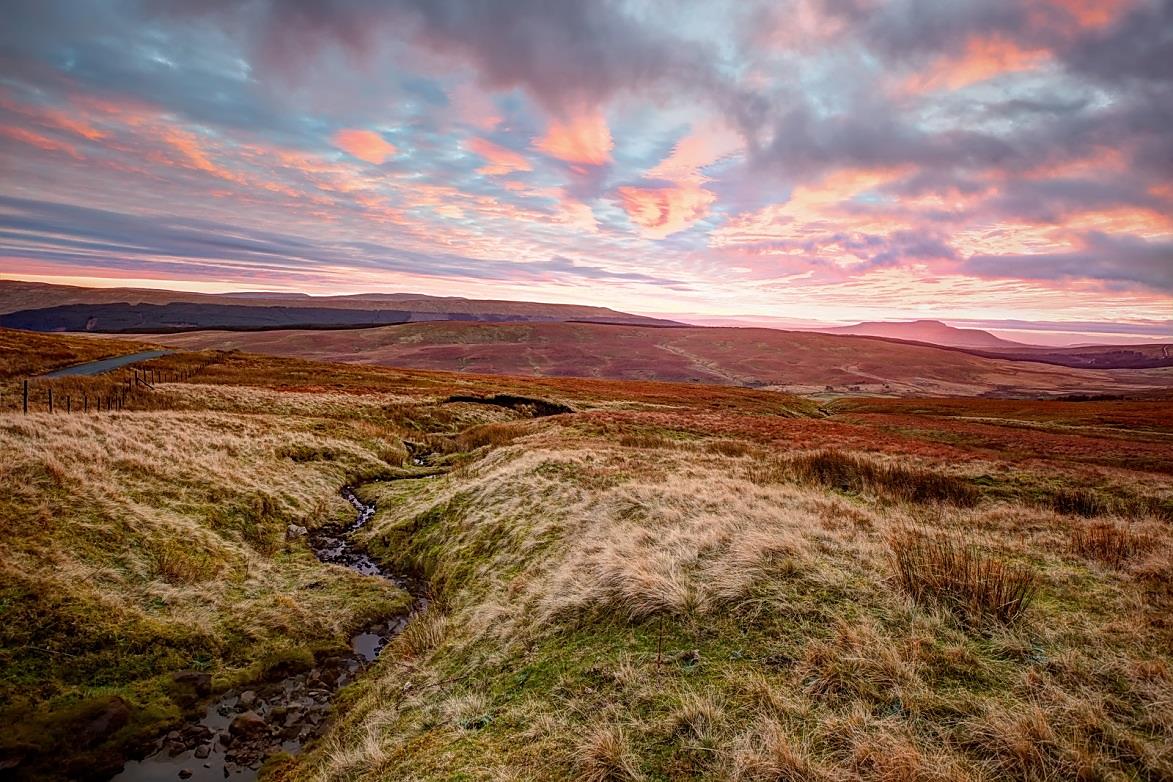
by Fern Shaw | Nov 2, 2017 | South West England, water cooler, Water Coolers
From our humble beginnings in 1992, AquAid Water Coolers have grown to build a strong presence in the UK, and today there are 18 branches throughout England providing a wide range of high quality water coolers, dispensers and boilers to a broad range of customers in offices, work sites, festivals, conferences, medical facilities, universities, schools and colleges.
AquAid have two branches in South West England, namely:
AquAid South West
Our AquAid South West branch is owned and managed by the highly-experienced Gary Hull. Based in Taunton, Gary and his team supply an extensive range of innovative and high-quality water coolers and dispensers to a wide selection of customers in and around the South West area. Committed to meeting AquAid’s exacting customer service standards, they pride themselves on the superior service they provide to hundreds of customers.
Areas Covered: Barnstaple, Bridgwater, Chard, Crediton, Cullompton, Exeter, Exmouth, Honiton, Newton Abbot, Okehampton, Plymouth, Taunton, Tiverton, Torquay, Wellington.
AquAid South West is located at: 6 Fideoak Mill, Bishops Hull, Taunton, TA4 1AF.
AquAid Swindon
AquAid Swindon opened its doors in 2001 and is owned and managed by the very accomplished Alex Freedman. Based in Wiltshire, Alex and his team supply an extensive range of innovative and high-quality water coolers, dispensers and boilers to more than 600 customers in and around the Swindon area.
Areas Covered: Basingstoke, Calne, Chippenham, Corsham, Devizes, Faringdon, Hartley Wintney, Highworth, Hook (Hants), Hungerford, Marlborough, Melksham, New Greenham Park, Newbury, Shrivenham, Swindon, Thatcham, Wootton Bassett.
You’ll find AquAid Swindon at: Unit 4, Salisbury Road Business Park, Pewsey, Wiltshire, SN9 5PZ.
Wherever you’re based in South West England, AquAid South West and AquAid Swindon are more than equipped to meet all of your water cooler and water related product requirements.
To contact your local AquAid South West England representative, select the link for your relevant branch now.

by Fern Shaw | Oct 19, 2017 | water cooler, Water Coolers
By now, we hope, you’re all aware of what we at AquAid are all about. We are a premium water cooler supplier who has been supplying a range of high quality water coolers and water related products to our customers, the length and breadth of the U.K. for more than 25 years.
More than being a water cooler supplier though, AquAid has, since our inception, had a strongly rooted ethos about helping those less fortunate. We do this through the support of ‘water’ based charities that provide sustainable solutions to Third World countries globally, but with a focus on countries in Africa.
AquAid mainly support two charities, being Christian Aid and since 2010, The Africa Trust. Since AquAid’s humble beginnings in 1992, we have, to date, donated more than £12 million to charity and assisted more than 2,4 million people.
About Moore Blatch
Moore Blatch is a highly successful full service law firm with major strengths in the corporate, commercial, property, personal injury and private client sectors.
They are professional advisors who establish bespoke relationships with each of their clients based on trust. They do this by understanding their issues and desired outcome and then customising a solution to meet their needs.
Our clients expect excellent service and they need their advisers to be available to deal with matters as they crop up. Our clients also value proactive input to ensure a smooth outcome.
Moore Blatch listens to their clients to make sure they understand what they need to achieve and then apply their expertise to find the right solution for them. They are lawyers by profession, but they do so much more than ‘just’ law.
Some facts about Moore Blatch:
- A 44 partner law firm employing over 320 people;
- Doubled its size by turnover through organic growth only and risen over 50 places in The Lawyer UK 200 legal rankings over the past 7 years to be now ranked in 99th position in the 2017 rankings;
- Legal Business reported Moore Blatch to be ranked by PEP 32nd of all the UK’s law firms (September 2016), one of the highest ranking law firms in the UK with its head office outside London;
- Offices in the Southampton, Lymington, Richmond and City of London;
- Silver Investor in People accreditation (since 1999) and ISO 9001 (since 1995) for all their legal services;
- Widely recommended in the two leading independent guides to the legal profession: Chambers and Legal 500.
Moore Blatch recently agreed to participate in an AquAid led initiative through The Africa Trust that involves building a water well (which we refer to as an Elephant Pump) in Africa. The well, once built, has the capacity to supply potable water for more than 300 people for life. Building these wells is truly life changing for a community in need, and we’d like to sincerely thank the more than 320 people at Moore Blatch for agreeing to spread the news about what their support as a valued AquAid customer results in for people in need.

by Fern Shaw | Oct 19, 2017 | AquAid Newcastle and Cumbria, water cooler, Water Coolers
Owned and managed by the very accomplished Dale Heslop, AquAid Newcastle & Cumbria has been in operation for over 15 years. With depots in Newcastle-upon-Tyne and Carlisle, Dale and his team supply an extensive range of innovative and high quality water coolers and dispensers to thousands of customers in offices, medical centres, colleges and schools in and around the areas of Newcastle & Cumbria.
Areas Covered: Ashington, Berwick Upon Tweed, Blyth, Cramlington, Haltwhistle, Haydon Bridge, Hexham, Newburn, Newcastle, North Shields, Prudhoe.
AquAid Newcastle is located at Unit 6, The Preserving Works, Shelly Road, Newcastle upon Tyne, NE15 9TU.
Historically and as a city of firsts in the UK, Newcastle ranks very highly!
Newcastle Central Station was the first covered train station in the world and it was opened in 1850 by Queen Victoria. The station is today one of only six Grade I listed railway stations in the UK.*
Newcastle has seven bridges crossing the river in the space of half a mile. Tyne Bridge is said to have inspired Sydney Harbour Bridge in Australia; High Level Bridge was the first in the world to combine road and rail; Swing Bride pioneered the use of hydroelectric power; and the Millennium Bridge was the world’s first bridge to pivot sideways in order to allow boats through.
Newcastle University is one of the best in the world and, according to QS World 2016 university rankings; it ranked in the top 1% of Universities worldwide.
And ending with a bit of irreverence: The Geordie accent has been voted one of the friendliest in Britain.
Whether you’re based in Ashington, Cramlington, Newcastle or Prudhoe, AquAid Newcastle & Cumbria are more than equipped to meet all of your water cooler and water related product requirements – contact them today.
*source: City Base Apartments

by Fern Shaw | Sep 22, 2017 | AquAid Middlesborough, AquAid Newcastle & Cumbria, AquAid North East England, water cooler, Water Coolers
AquAid Water Coolers has been in operation for the past 25 years. We’ve grown from our humble beginnings in 1992 to having 23 branches nationwide, supplying an extensive range of Bottled and Mains-Fed water coolers, water dispensers, water boilers and water related products to more than 33,000 customers throughout the UK.
AquAid has two branches catering to their customers in North East England:
AquAid Newcastle & Cumbria and AquAid Middlesborough.
AquAid Middlesbrough
Our AquAid Middlesborough branch began operations in 2002 and is owned and managed by the highly-experienced Gordon Dobson. Based in Tyne and Wear, Gordon and his team supply an extensive range of innovative and high-quality water coolers and dispensers to businesses, offices, medical centres, universities, colleges and schools in and around the Middlesbrough area. Committed to meeting AquAid’s exacting customer service standards, they pride themselves on the superior service they provide to 3,000 customers in and around the areas of:
Chester-le-Street, Cleveland, Consett, Darlington, Durham, Gateshead, Great Ayton, Guisborough, Hartlepool, Hebburn, Jarrow, Middlesbrough, Newton Aycliffe, Northallerton, Redcar, Saltburn, South Shields, South Tyneside, Stockton, Stokesley, Sunderland, Team Valley, Teesside, Thornaby, Yarm.
AquAid Middlesborough are located at 6 Faraday Close, Washington, Tyne & Wear, NE38 8Q
AquAid Newcastle & Cumbria
Owned and managed by the very accomplished Dale Heslop, our AquAid Newcastle & Cumbria branch has been in operation for over 15 years. With depots in Newcastle-upon-Tyne and Carlisle, Dale and his team supply an extensive range of innovative and high quality water coolers and dispensers to thousands of customers in offices, medical centres, colleges and schools in and around the areas of Newcastle & Cumbria.
Areas Covered AquAid Newcastle: Ashington, Berwick Upon Tweed, Blyth, Cramlington, Haltwhistle, Haydon Bridge, Hexham, Newburn, Newcastle, North Shields, Prudhoe.
AquAid Newcastle is located at Unit 6, The Preserving Works, Shelly Road, Newcastle upon Tyne, NE15 9TU
Areas Covered AquAid Cumbria: Alston, Annan, Appleby in Westmorland, Barrow in Furness, Carlisle, Cumbria, Dalbeattie, Dumfries, Egremont, Gretna, Kendal, Kirby Lonsdale, Kirby, Lockerbie, Millom, Moffat, Penrith, Seascale, South West Scotland, Stephen, Stranraer, Whitehaven, Wigton, Workington.
AquAid Cumbria is located at Unit 8, South Mill, Warwick Mill, Warwick Bridge, Carlisle, CA4 8RR
Wherever you’re based in North East England, AquAid Middlesborough and AquAid Newcastle & Cumbria are more than equipped to meet all of your water cooler and water related product requirements.
To contact your local North East England representative, select the link for your relevant branch now.

by Fern Shaw | Sep 1, 2017 | water cooler
AquAid are more than a water cooler provider. Since the company’s humble beginnings in 1998, we’ve committed to support charities that make a noticeable and far reaching difference in other’s lives.
We implement this policy by donating a portion of the sale for each bottle of water and each installed mains fed machine to charity.
Since we began with this policy, we have donated more than £10 million to both Christian Aid and the Africa Trust – a charity begun by AquAid in 2010.
We continuously look for ways to bring the very best in water and water cooler products to our customers as well as highlight the difference that our customers purchases are making in the lives of those in need.
FMP Global is one such customer. As an international provider of outsourced payroll and HR services they are often found supporting companies to pay staff in the 135 countries they serve, often in developing economies around the world.
They are aware of how vitally important it is to keep hydrated throughout the working day, and recently agreed to participate in an initiative which will mean the provision of safe drinking water to a community in need through the building of a water well, fondly known as an ‘Elephant Pump’.
Gary Webb, Marketing and Communications Director at FMP Global: “Partnerships are really important to us and we’re grateful for the opportunity to work with Aquaid to support this initiative. Our success at FMP Global is built on innovation, and we fully support AquAid’s innovative approach to funding these vital projects.”
We’re delighted to have FMP Global take part in this initiative and look forward to sending them a picture of their built and named well in due course.
To find out more about the invaluable services that FMP Global offer, you can visit their website here.
“FMP Global constantly strives to anticipate change and deliver value through leading innovation and partnerships with our clients.”

by Fern Shaw | Sep 1, 2017 | aquaid south coast, aquaid south east, aquaid southampton, aquaid surrey, water cooler, Water Coolers
Since its humble beginnings in 1992, AquAid has grown to the extent of being equipped to supply an extensive range of
Bottled and Mains-Fed water coolers, water dispensers, water boilers and water related products the length and breadth of the UK.
Today, AquAid boasts 23 branches nationwide; with five branches servicing England’s South East. These branches service more than 6,500 customers throughout the South East region.
AquAid Aylesbury – based in Aylesbury, this branch services more than 1,000 customers in these areas:
Aylesbury, Banbury, Bicester, Dunstable, Harpenden, Harrow, Hemel Hempstead, High Wycombe, Leighton Buzzard, Luton, Oxford, Rickmansworth, Ruislip, Slough, St Albans, Thame, The Chalfonts, Uxbridge, Watford.
AquAid Reading – based in Reading, this branch services more than 1,200 customers throughout:
Abingdon, Aldershot, Alton, Ascot, Bracknell, Camberley, Crowthorne, Didcot, Farnborough, Farnham, Fleet, Henley on Thames, Maidenhead, Marlow, Oxford, Reading, Wallingford, Wantage, Windsor, Wokingham.
AquAid Southampton – located in Eastleigh, our Southampton branch (also known as AquAid South Coast) services more than 2,500 customers in more than 68 locales ranging from Bitterne, Brighton, Newhaven, Salisbury, Totton all the way through to Weymouth and Wimborne.
You’ll find more detail about AquAid Southampton’s areas of service here.
AquAid South Kent – based in Eythorne, the South Kent branch services more than 500 customers across:
Ashford, Bexhill, Broadstairs, Canterbury, Deal, Dover, Folkestone, Hastings, Herne Bay, Hythe, Margate, New Romney, Ramsgate, Rye, Sandwich, St Leonards, Westgate, Whitstable.
AquAid Surrey – located in Chessington, this branch services more than 4,000 customers throughout:
Chelsea, Chertsey, Chessington, Clapham, Croydon, Fulham, Godalming, Guildford, Hammersmith, Heathrow, Kensington, Kingston, New Malden, Putney, Sutton, Teddington, Twickenham, Wandsworth, Wimbledon, Woking.
Wherever you’re based in the South East these AquAid local branches are more than equipped to meet your water and
water cooler requirements.
To contact your local AquAid South East England representative, select the link for your relevant branch now.






